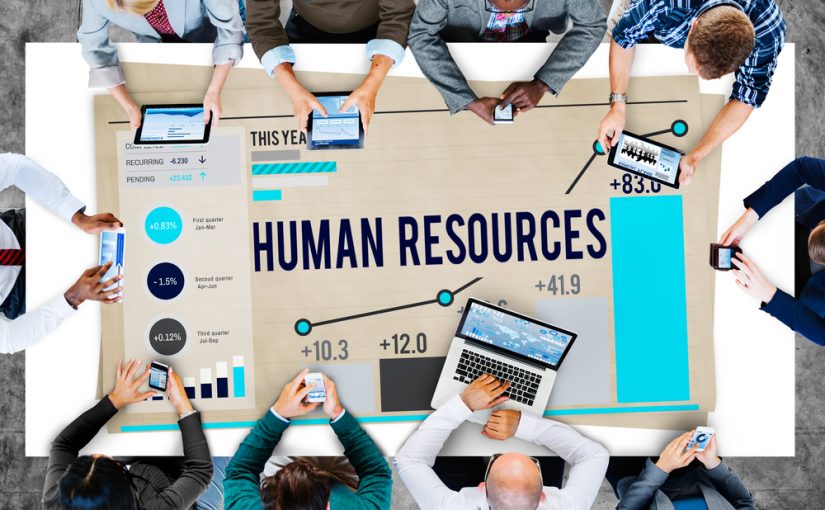The global economy has entered a new normal as a result of the COVID-19 epidemic, with businesses beginning on a fast digital transformation path. Businesses are striving to upskill their workers as part of contemporary, hybrid workplaces designed for future disruption resistance.

As a result, the future of the human resource function resides in its digital development as well. HR must develop with technology for a future that is both human and digital, despite the fact that it requires human ties. They may accomplish this through implementing digital platforms for employee engagement, implementing individualised training and skilling programmes, and utilising automation and analytics for insights and efficiency.
This HR paradigm change may be achieved by adopting digitization on both a system and process level, resulting in a culture revolution inside the firm.
In their digital transformation efforts, most businesses want to improve efficiency for their consumers and clients. There is also a need to focus on the internal customers of the firm, i.e., the workers. Employees can benefit from the use of appropriate digital technologies as well as personalised involvement, while such digitalization initiatives assist align infrastructure and business processes with corporate goals.
Digitalization may assist add context – while selecting a candidate, onboarding workers, or managing them from an HR viewpoint – in an increasingly virtual workplace where the workforce exceeds conventional geographical borders since there is no natural human connection. While personalisation is essential, automation is also required to help with the procedures.
Organizations, for example, can use digital paperwork processes. Artificial intelligence may be used to automate whole HR operations, such as background checks for new workers during onboarding. Several of these standardised and repetitive operations may be constructed as plug-and-play modules to make them more efficient and effective.
HR might use data points about employees from a variety of sources, including their digital and social footprints. The firm may compute ROI on numerous employee initiatives and keep track of worker sentiment and organisational productivity by analysing these multiple data sources in near real-time. All of these elements aid HR and C-suite executives in making faster and more informed decisions and developing strategies.
Furthermore, the artificial intelligence and machine learning techniques that businesses use to better understand consumer behaviour or conduct predictive analyses of company processes may also be used to forecast employee behaviour and develop successful engagement initiatives.
The emphasis is on a “workforce of one” strategy, which entails segmenting personnel to establish personalised yet standardised people practises for various workforce groups. To provide a personalised and evolving experience for workers, the future of HR will be enriched with digital tools and cutting-edge technology.
For a long time, HR methods focused on managing employees’ linear career trajectories, interrupted by yearly performance evaluations. However, in today’s competitive industry, there is ongoing pressure to incorporate new and developing technology in order to remain relevant. Because conventional training methods can’t keep up, HR must turn to new-age learning and enablement platforms in order to develop a knowledgeable and confident staff while also increasing employee retention.
Virtual training based on similar learning goals or interests is possible with these community-based learning systems. Gamification may also be used to motivate workers to participate in training while also allowing them to compare themselves to their colleagues.
Most businesses identify their objectives before beginning on digital transformation. To thrive, firms must set their objectives and regularly analyse their procedures and impact on workers for the growth of their HR function, especially in a dynamic business environment with a quickly changing workforce and increasing expectations and motivations.

